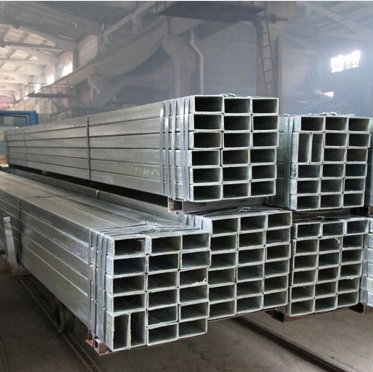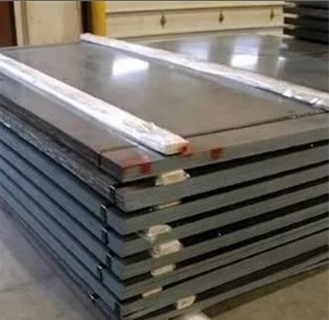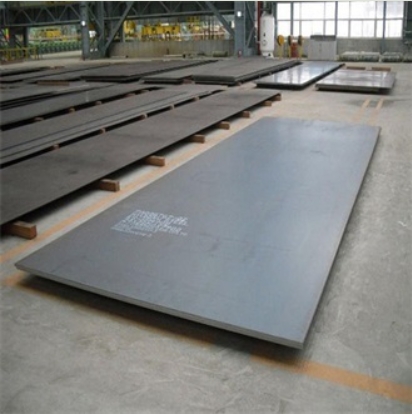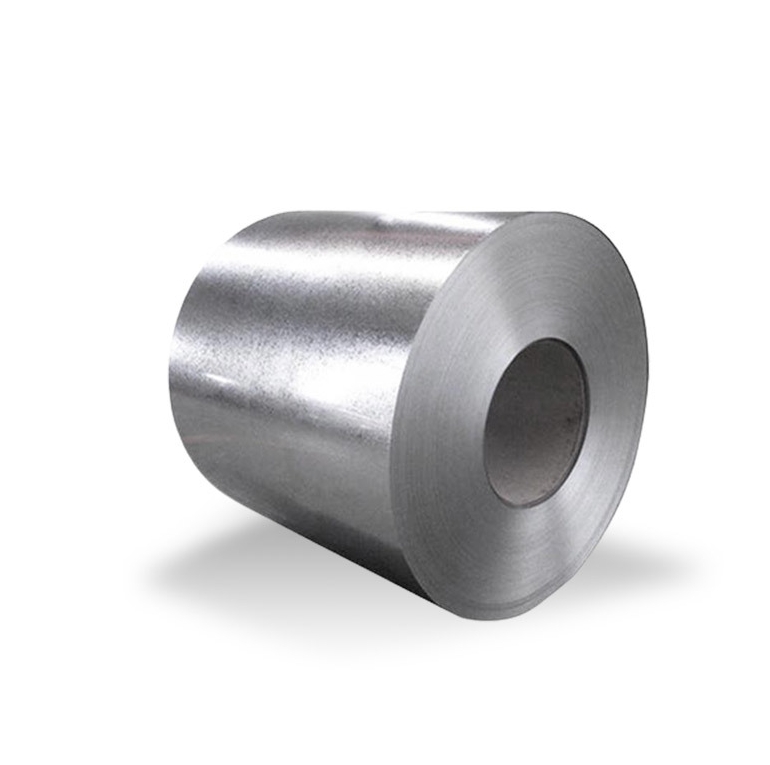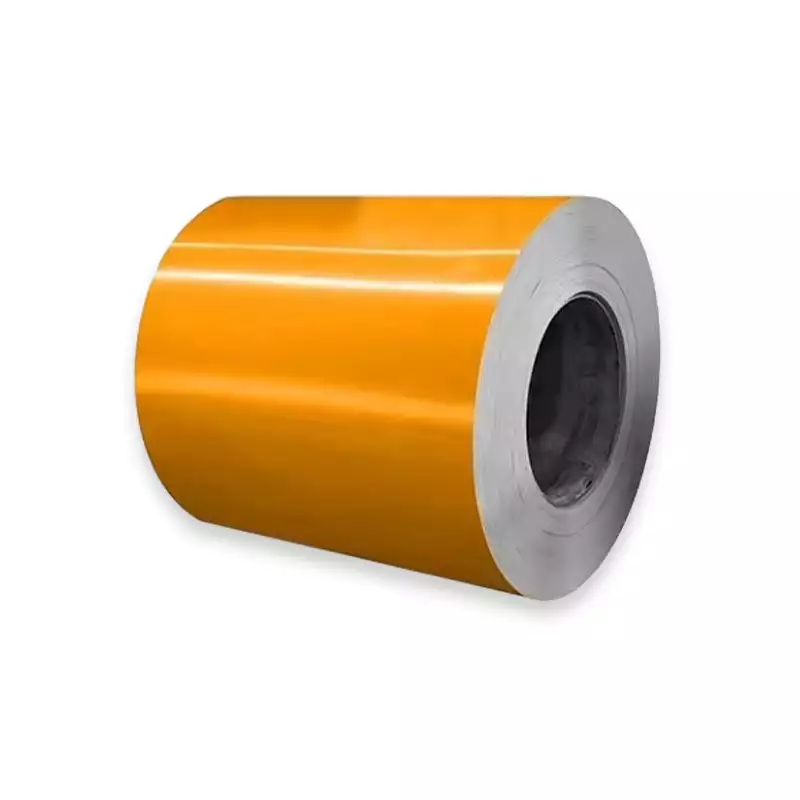AISI 1137 is a resulfurized medium-carbon free-machining carbon steel (UNS G11370) engineered to provide improved machinability for turned and cold-finished parts while retaining reasonable strength and toughness. It is widely used for high-volume components such as studs, bolts, shafts, and machined fasteners where low cost and easy machining outweigh high weldability or maximum toughness. Practical buyers treat 1137 as a speciality cold-finished bar grade: expect superior cut-ability, limited welding performance, good threadability, and economical production for mass machining.
1. What AISI 1137 is — technical identity and positioning
AISI 1137 (SAE/AISI designation 1137, UNS G11370) is a resulfurized carbon steel developed to provide free-machining behaviour for mass machining operations. Its composition targets a mid-range carbon content (≈0.32–0.39% C) with elevated manganese and controlled sulfur to promote chip breaking and consistent lathe/cutting performance. Because of the added sulfur (and sometimes added lead or bismuth in related grades), this family is intentionally less weldable and slightly less ductile than plain carbon steels with lower sulfur. Use this grade when volume machining and low cycle cost are priorities.
2. Chemical composition — typical specification (weight %)
| Element | Typical range (wt. %) |
|---|---|
| Carbon (C) | 0.32 – 0.39 |
| Manganese (Mn) | 1.35 – 1.65 |
| Phosphorus (P) | ≤ 0.04 |
| Sulfur (S) | 0.08 – 0.13 |
| Silicon (Si) | ≤ 0.10 |
| Aluminum (Al) | ≤ 0.02 |
| Niobium (Nb) / Vanadium (V) (traces) | ≤ 0.015 / ≤ 0.02 |
| Iron (Fe) | Balance |
Notes: ranges above reflect common supplier and standard data for AISI/SAE 1137 (UNS G11370). Small variations exist between hot-rolled, cold-finished and country-specific standards — always check the mill cert.
3. Typical mechanical & physical properties (representative, room temperature)
| Property | Typical value |
|---|---|
| Tensile strength (UTS) | ~450–600 MPa (depends on condition — cold drawn or heat treated) |
| Yield strength (0.2% offset) | ~240–344 MPa (size & processing dependent) |
| Elongation (A%) | ≥ 5–20% (varies by product form and condition) |
| Hardness (HB) | ~149 – 255 (annealed to cold-finished variants) |
| Elastic modulus | ~190 – 210 GPa |
| Density | ~7.85 g/cm³ |
Practical note: mechanical figures vary with finish (hot-rolled, cold-drawn, quenched & tempered). Suppliers typically publish condition-specific data (e.g., cold-drawn bars show elevated yield/UTS due to strain hardening).
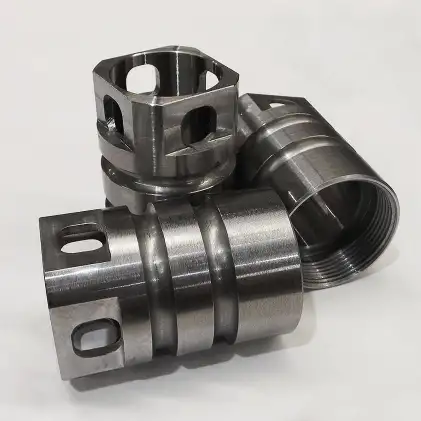
4. Equivalent grades — international cross-references
| System / Standard | Closest equivalent |
|---|---|
| UNS | G11370 |
| SAE / AISI | 1137 |
| ASTM common specs | A29 (1137), A108 (1137), A311 (1137 Class A) (as finished product specs) |
| JIS (Japan) | SUM41 (similar family — check exact ranges) |
| EN / BS | 36SMn14 / 36SMnPb14 (approximate equivalents in EN BS lists — composition differs slightly) |
| Trade names / other | 1137 resulfurized; comparable to some industry cold-finished machining grades. |
Buyer tip: “Equivalent” is a practical notion — final selection must consider dimensional form, heat treatment history, and whether the standard refers to chemical composition or mechanical property ranges.
5. Metallurgical explanation — why 1137 machines easily
-
Resulfurization: the intentionally higher sulfur content forms manganese sulfide (MnS) inclusions that act as internal chip breakers and provide localized weakness that reduces cutting forces and promotes short, segmented chips.
-
Carbon & manganese balance: moderate carbon (≈0.34%) gives adequate strength; manganese increases hardenability and tensile strength while also stabilizing MnS formation.
-
Microstructure: typically a ferrite-pearlite matrix; in cold-drawn conditions strain hardening elevates strength. Because inclusions are controlled and distributed, tool life and surface finish under turning are predictable.
6. Heat treatment, hardening response and recommended thermal cycles
-
Annealing / stress relief: standard anneal (e.g., austenitize and slow cool or furnace cool) softens the bar for easier forming and improves ductility prior to machining.
-
Quench & temper: 1137 can be oil-quenched from austenitizing temperatures and tempered to range of strengths, but it is not primarily a through-hardenable engineering alloy — expect moderate hardenability only. For demanding applications consider alloy steels (e.g., 4140).
Practical guidance: when parts require higher strength after machining, it’s common to rough-machine, then quench & temper, then do finish machining where tolerances allow.
7. Machinability, welding and joining guidance
-
Machinability: excellent compared to plain carbon steels because of sulfur content; machining cost factors often cite 1137 as several times cheaper to machine than harder, low-sulfur steels; however tool wear still depends on feed, tool geometry, and coolant.
-
Surface quality: resulfurized grades tend to leave darker discoloration at cut surfaces and can show inclusion stringers — design finish allowances accordingly.
-
Welding: not recommended where weld integrity is critical. High sulfur reduces weldability and increases hot-cracking risk; preheat and post-weld heat treatment can be used but welded joints rarely match base-metal performance. Consider substitution to low-S grades for welded fabrications.
8. Typical applications & why 1137 is chosen
-
High-volume turned parts: studs, fasteners, bolts, machine screws (particularly where threads and turned finishes dominate).
-
Shafts & studs for moderate loading where production economy is primary.
-
Cold-finished components where excellent chip control speeds CNC throughput.
Because of the machining advantage, 1137 is a cost-effective choice for mass production of small-to-medium parts where post-machining strength needs are moderate.
9. Purchasing, inspection and standards to request
When procuring AISI 1137 bars or finished parts, ask for:
-
Mill Certificate (EN 10204 3.1 or 2.2) showing chemical analysis and heat number.
-
Heat treatment records if parts will be tempered or normalized.
-
Dimensional tolerances and surface finish according to customer drawings; specify any straightness/roundness limits for cold-finished bar.
-
Standards references: SAE J403 / SAE J1397 for composition tables; ASTM A108 / A29 / A311 references for product forms.
10. 2025 global price snapshot — comparative table & buying caveats
Important caveat: AISI 1137 is sold primarily as cold-finished bar or turned parts. Global public indices (HRC, CRC) are used here only as proxies to show regional raw-material price levels in mid-2025; finished bar and country duty/processing costs change final unit pricing a great deal. Use the numbers below only as a market indicator and verify with suppliers/quotes.
| Region | Representative 2025 price indicator (mid-2025) | Source / notes |
|---|---|---|
| United States | ~US$840–$850 / t (HRC index) — indicative raw material level; finished cold-finished bar will carry premium. | IndustrialTube weekly indices (June 2025). |
| China (FOB HRC proxy) | ~US$445–450 / t (HRC futures / FOB China) — recent volatility due to domestic policy. | Investing.com HRC futures & Chinese indices (July 2025). |
| Europe (ex-works) | ~€540–570 / t (~US$620–660 / t) — seasonal softness in mid-2025. | Fastmarkets / Eurometal / MetalMiner reports (July 2025). |
| India (domestic ex-mill) | ~INR 51,000–53,000 / t (~US$600–620 / t) — trade segment softening in June 2025. | Steel trade reports (June 2025). |
How to translate to finished prices for 1137 bars: add processing (rolling/cold drawing), certification, cutting, testing, and logistics — typical finished bars can cost several hundred dollars per tonne more than raw HRC depending on batch size and machining. Always request an itemized quotation (stock vs. made-to-order) and confirm incoterms and lead times.
11. FAQs
Q1 — Is AISI 1137 the same as 12L14?
A: No. 12L14 is a leaded free-machining steel; 1137 is a resulfurized grade (MnS-type). Both are free-machining but have different inclusion chemistries and mechanical balances; 12L14 often gives slightly better surface finish but uses lead, while 1137 relies on sulfur.
Q2 — Can I weld 1137 parts?
A: Welding is discouraged for critical joints. If welding is unavoidable, use preheat, low heat input, and post-weld tempering; accept that welded zones may need additional machining or heat treatment for strength.
Q3 — What heat treatment improves strength for 1137?
A: Oil quench from appropriate austenitizing temperature followed by tempering will increase strength; however, hardenability is limited compared with alloy steels (e.g., 4140). Evaluate whether quench/temper after rough machining meets dimensional tolerance needs.
Q4 — Is 1137 suitable for high-stress shafts?
A: For moderate stresses yes; for high dynamic or fatigue applications prefer low-S, higher-alloy steels or case-hardened options. Inclusion content and sulfur can reduce fatigue resistance.
Q5 — Which standard covers chemical limits for 1137?
A: SAE J403/J1397 and the SAE/AISI tables list composition ranges (UNS G11370); product forms reference ASTM A108/A29/A311. Request the standard reference in your purchase order.
Q6 — How should I specify tolerances and finish for turned parts from 1137?
A: Specify cold-finished bar size and tolerance class, turning tolerance (to micron if needed), and surface roughness (Ra). For threaded parts include thread class and any plating or coating. Ask supplier for recommended finish machining allowances.
Q7 — Are there environmental or handling concerns?
A: No special hazards beyond standard steel handling. For manufacturing, chips from leaded grades differ; with resulfurized 1137 normal metalworking disposal rules apply. For worker safety follow standard cutting-fluid and chip management practices.
Q8 — What to compare when getting quotes for 1137?
A: Compare chemical analysis (mill cert), delivery condition (hot-rolled vs cold-drawn), certifications (EN 10204), dimensional tolerances, heat-treatment state (if any), lot size, and freight/incoterms. Final delivered cost often depends more on processing and certification than base alloy cost.



